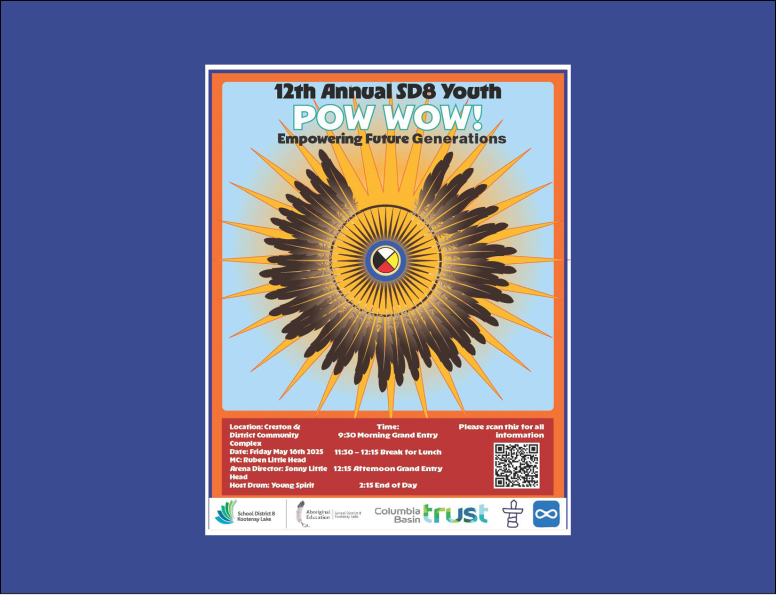ELL Mission
- To develop each individual student's academic potential by providing individualized support through active engagement to promotes success, connection, and learning.
- Prioritize collaboration opportunities for teachers to share and discuss effective ELL practices, while utilizing research-based strategies to enhance learning.
- Develop academic rigour by implementing culturally relevant instruction, providing teaching and learning strategies, integrating students home language, and direct vocabulary, reading comprehension, and language skill instruction.
Learning
Language Acquisition Stages
Stage I - Pre-production, Silent/Receptive: Student may be silent as they are listening and building knowledge. This process may last 6+ weeks depending on student. Student will be observing, listening, and gesturing - limited comprehension social exchanges subject-specific words common phrases and expressions observe and listen rather than produce language, understand better when visual supports, nonverbal communication.
Stage II - Early Production: Student starts to use single words, with focus still on listening and may use language with errors. limited oral or written comprehension, key words and familiar phrases, short, simple sentences in the present tense, memorize language, present-tense verbs, overgeneralize “s” and “ed”, receptive understanding, understand texts with visual support.
Stage III - Speech Emergence: Student is starting to experiment with saying sentences with some grammatical errors but errors decrease over time as sentence length increase. good comprehension, especially in social interactions, simple sentences and may begin to add detail, ask and answer questions, make frequent grammar, word-use, and pronunciation errors, not understand wordplay, brief conversation, complex texts with visual support.
Stage IV - Intermediate: Student is able to speak in fluent sentences using social language and explain thoughts using higher level language. excellent comprehension, good comprehension, few grammatical errors, more complex sentence structures, ask questions, common metaphors and idiomatic, translate between English and their home language.
Stage V - Advanced Fluency: Fluent and confident with second language understand and use a broad range of vocabulary in a variety of contexts, range of idiomatic expressions and cultural references, understand implied humour and use figurative language, similar level of language proficiency and academic achievement as peers whose first language is English,
Learning
Resources

More useful?
